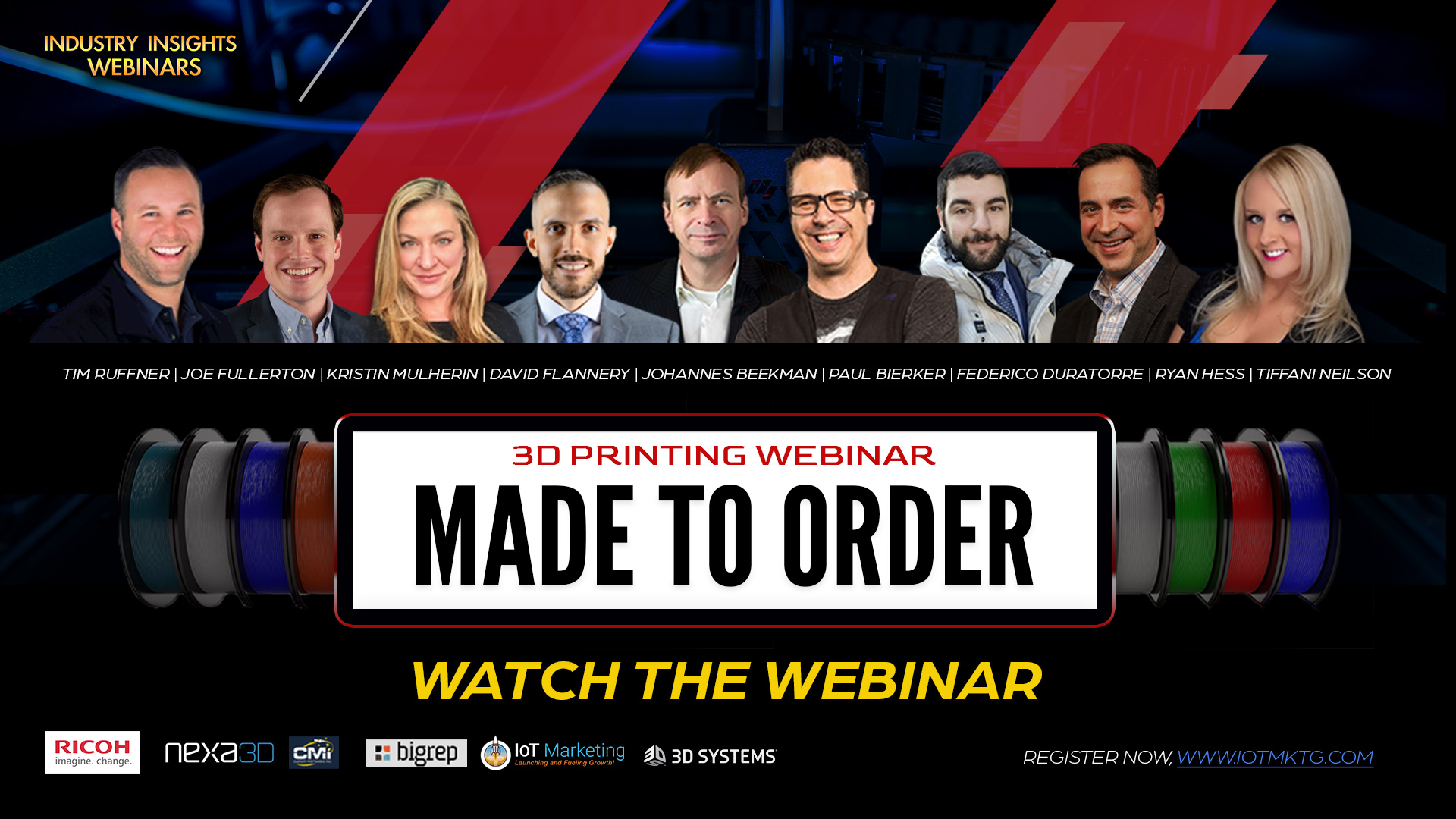The age of 3D-printed sensors has brought the world to a stage of meaningful integration with satellite communications. New 3D-printed plasma sensors are being used to measure atmospheric conditions for orbiting satellites. Here's a look at where this exciting space technology is going and how it will help businesses on Earth.
Monitoring the Atmosphere
One of the key functions of 3D-printed sensors embedded in lightweight, low-power satellites is to collect data on the Earth's upper atmosphere. Plasma sensors can also track the atmosphere's chemical composition of ion energy distribution.
MIT researchers have developed sensors for monitoring conditions in the Earth's upper atmosphere called retarding potential analyzers (RPAs). These sensors can be produced inexpensively in a matter of a few days. The first use of RPAs was in a 1959 space mission.
RPAs must be designed to be well insulated and weather-resistant. Some of the more durable 3D-printed models are made from a glass-ceramic material rather than silicon. Designers of spacecraft sensors favor polymers because they can be shaped in infinite ways. This material can also withstand extreme temperatures in Earth's lower orbit.
Evolution of Space Sensors
The evolution of RPAs has led to versatile use, including for the spacecraft CubeSat. The sensors used for these space projects comprise a series of electrically charged meshes with tiny holes for plasma to pass through. Through a filtering process, particles are stripped away, leaving just ions that form an electric current. The sensors can measure different aspects of the current.
Durable materials such as vitrolite can withstand high temperatures without breaking down. Polymers, however, begin to melt at 400 degrees Celsius. Scientists are currently working on new ideas for fabricating 3D products.

Watch the replay of "Made to Order" to learn about the latest trends, challenges, predictions, tips and more, surrounding 3D printing technology.
The use of ceramic material involves pointing a laser at ceramic powder, then shaping the layer. This method has advanced quickly due to the ability of a 3D printer to generate multiple prototypes in a short period. MIT scientist Luis Fernando Velasquez-Garcia is working on reducing the thickness of sensor layers and improving their precision.
The current trend in space satellites is that 3D printing is being used more frequently. Some of the companies engaging in additive manufacturing for satellites include Boeing, Airbus and Fleet Space. Pioneers in this development are preparing for future space missions including the possibility of colonizing another planet. A goal of the aerospace company SpaceX is to colonize Mars by 2050.
Future Development of Satellite Sensors
While it's difficult to predict how advanced satellite sensors will be in twenty years, it's safe to say they will be superior to today's technology. Data collection will be more precise and data transmission will be more seamless. The hardware designed for satellites can be quickly replaced when vulnerabilities are detected. The most advanced satellites will be equipped with self-healing AI software that resolves technical issues quickly.
Satellites of the future may not need to be as large as they are now. The expansion of tiny sensors that measure activity in several layers of the atmosphere will help optimize orbital paths of satellites. Automated 3D printers in space can be useful for manufacturing hardware solutions when the satellite encounters technical trouble.
NASA has been a major developer of space-based 3D printing for many years. In the past, NASA has printed wrenches on the International Space Station. One of the space agency's projects for the future is developing spacecraft that can build a solar array. The more technology advances to support energy-harvesting solutions, the greater chance of the same equipment being used for space missions indefinitely.
As far as deep space explorations, there's starting to be chatter about building spacecraft that can build self-healing devices with 3D printers. AI will be part of the infrastructure, as machine learning software can scan a wealth of data to arrive at the best hardware solution that can be made with a 3D printer. Since 3D printers can print food and medicine, long-distance space travel will become possible for humans.
The advent of 3D-printed robots will be a major leap forward for space technology. These robots might even become the first inhabitants of other planets such as Mars. Their duties will include digging tunnels and manufacturing 3D-printed structures.
Conclusion
There's a bright future for 3D-printed sensors in space to improve satellite communications and data collection. The more this technology advances, the more you'll see startups launch in space.
